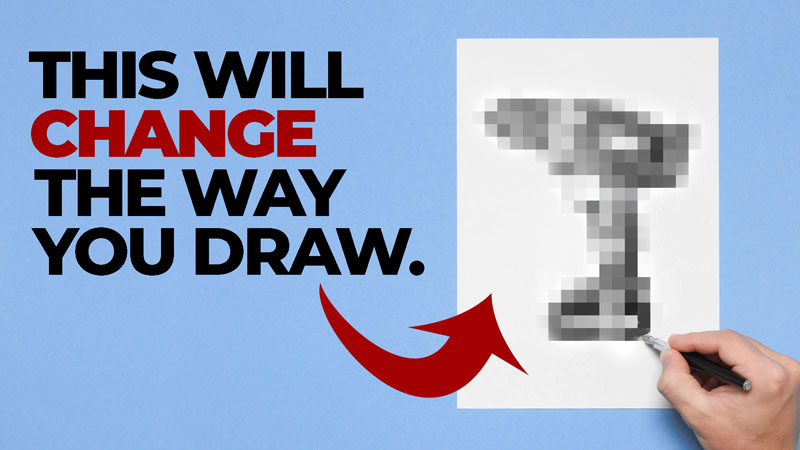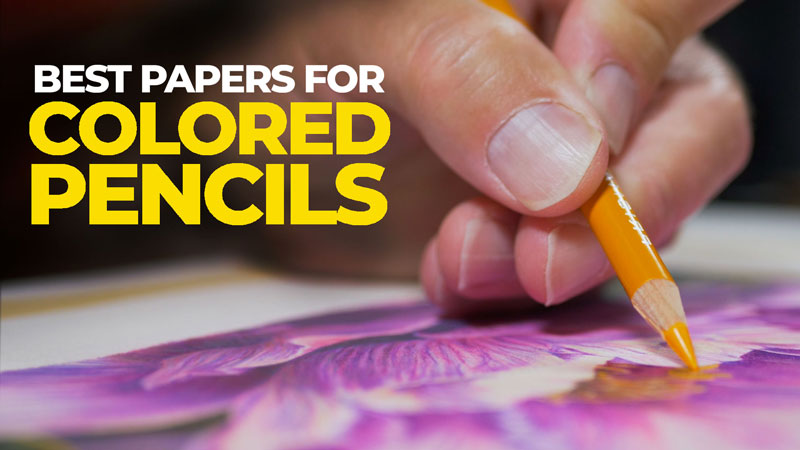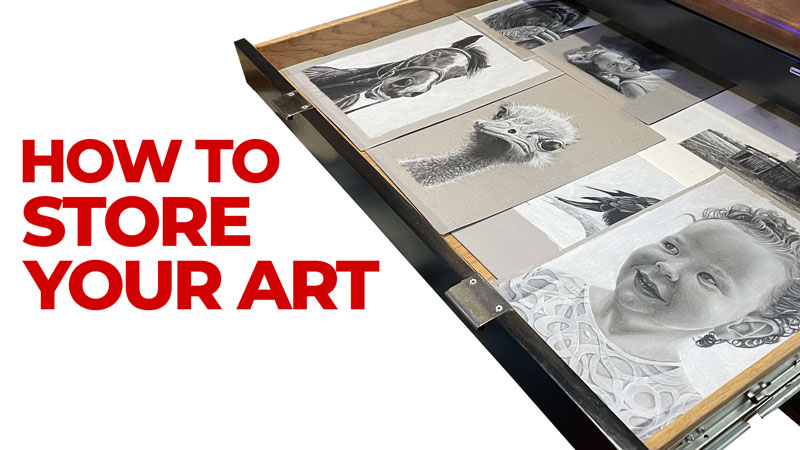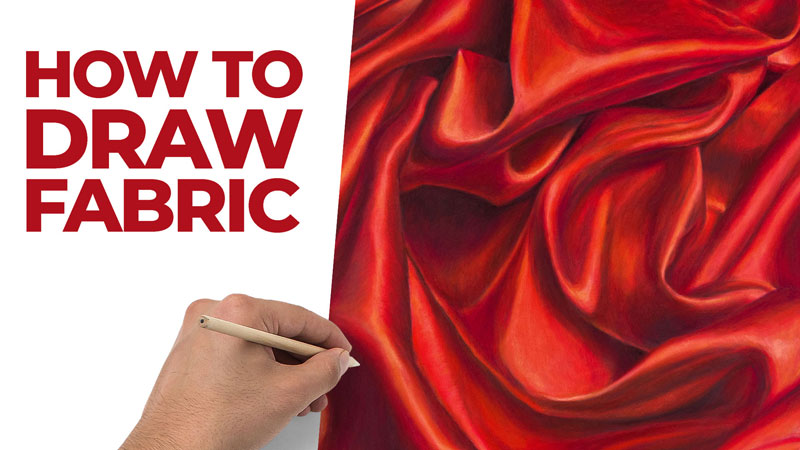The Most Important Secret to Drawing
Who doesn’t want to be able to draw and do it well? The problem is that most people believe they can’t draw even though they’d love to be able to do it. Well, the good news is that drawing is a skill that anyone can learn and develop. And just like any other skill, drawing requires a bit of knowledge and practice. Now, the practice is up to you, but in this lesson, I’m going to give you one major piece of knowledge that may dramatically affect your drawing ability.
See also: Why You Believe You Can’t Draw and What to do About It
Many people believe that drawing is about making marks, and yes, this is true. You must make marks to make a drawing, but there’s a lot more to it than just making marks. Our drawings are the results of making marks on a surface, but the true essence to drawing is about what happens between your ears.
Michelangelo is quoted as saying, “A man or woman paints with his brains, not with his hands.” But what does this mean?
It means that our brains are actually more involved in the drawing process than our hands.
Drawing From Imagination
Now, let’s see if we can go deeper to understand the quote above. We’ll do a few drawing exercises. For all of our exercises, you’ll need a piece of paper and a pencil.
For our first drawing exercise, simply draw a hammer – just a plain old hammer from your imagination. Don’t look at anything to create this first drawing.
Your hammer might end up looking like this…
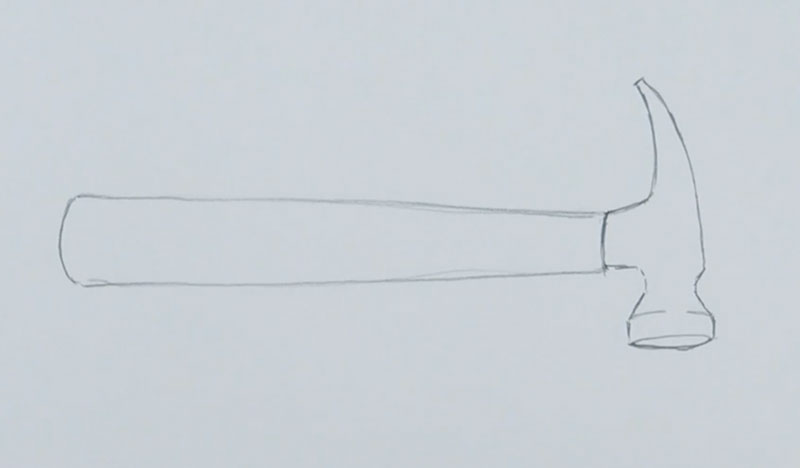
Now, this drawing does look like a hammer – right? But, it could be better – much better. So drawing purely from our imagination is not enough.
See also: Improve Your Drawing Skills in 6 Days
Drawing with 100% Observation
Now we’re going to create another drawing, but this time we’re going to have a few restrictions. This time we’ll actually look at a hammer. I’ll use a photo reference and we’ll look at it, but you can not look at your drawing paper.
Yes, you read that right. You can not look at your drawing paper. We’ll only be looking at the reference photo and not the drawing.
Here’s a look at the photo reference…
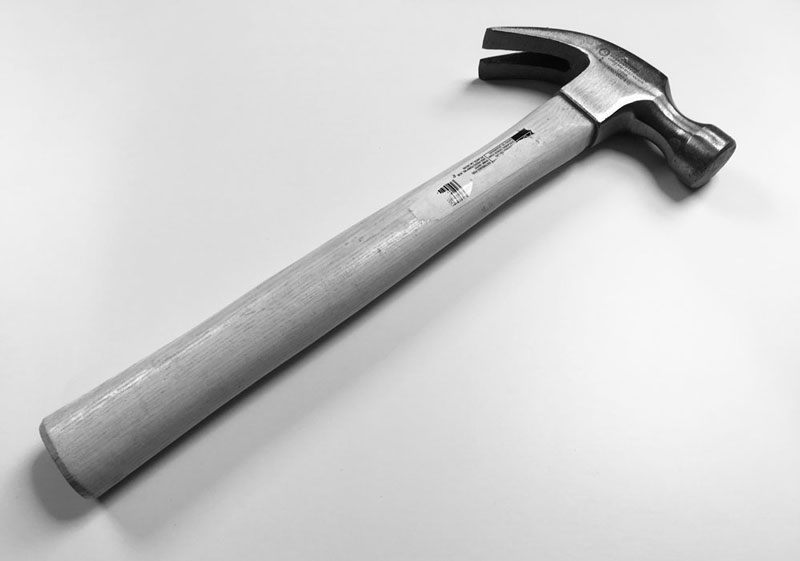
We’ll create this drawing using just one line. This means that once we place the pencil to the drawing surface, we can’t pick it up again. The goal here is to pick a place to start observing on the hammer and try to move your hand with your pencil at the same speed and angle in which your eyes move over the reference. This is called a blind contour line drawing.
Don’t worry about what your drawing will look like. Just concentrate on observing and moving your hand with the pencil.
This is what my drawing looks like (along with the first to compare)…
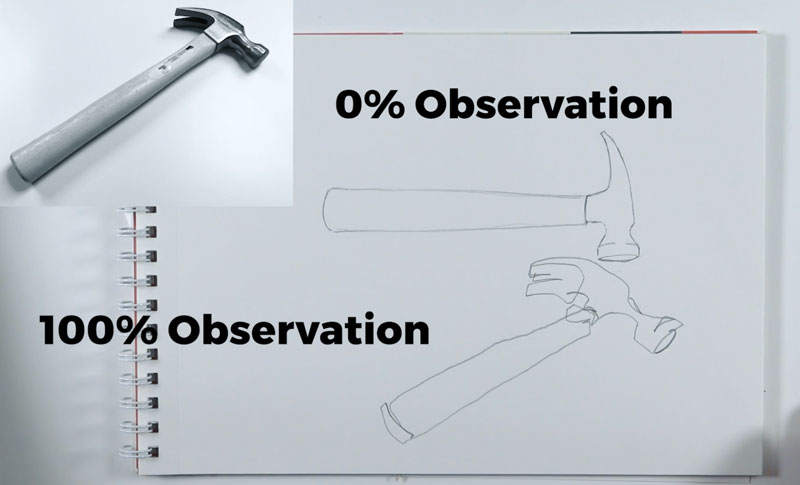
We now have two drawings, one from our imagination without any observation, and one that was created purely with 100% observation. Drawing accurately is somewhere in between these two drawings.
Now here’s the big secret… Drawing is at least 50% observation.
Drawing is about seeing and recording what we see in the form of marks.
Drawing with 50% Observation and 50% Mark-Making
Let’s create one final drawing and we’ll use the same reference photo, but this time we can look at the reference photo and we can look at our drawing paper. We can also pick up our pencil this time too.
Now we’re making comparisons between what we see in the reference and the marks that we’re making on the drawing paper. In fact, it’s a continuous process of going back and forth with our eyes between the photo reference and the drawing paper. All the answers are sitting there waiting for us in the photo reference. All we have to do is see them and place them in the correct location on the drawing paper.
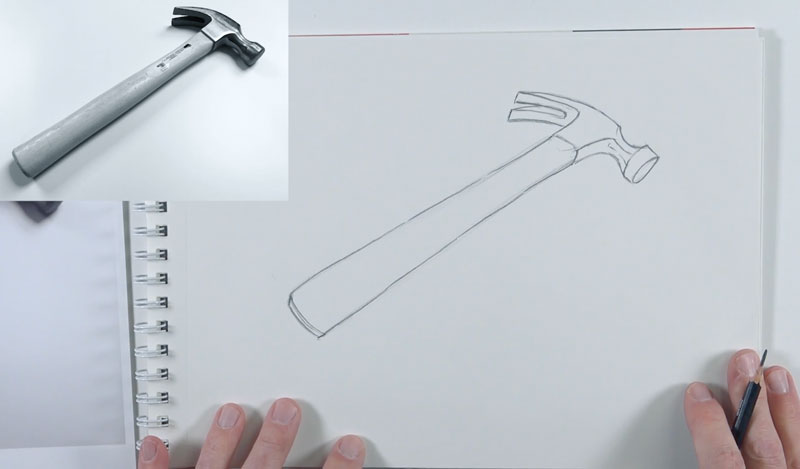
This is the essence of drawing. It is all about observation – well, at least 50%.
#1 Secret to Drawing – Conclusion
The number one secret to drawing is that drawing is at least 50% observation. It’s about what happens between your ears a bit more than just making marks on the surface. When you’re practicing your drawing, you should also be practicing your observation skills because ultimately, drawing is about observation.
If so, join over 36,000 others that receive our newsletter with new drawing and painting lessons. Plus, check out three of our course videos and ebooks for free.

